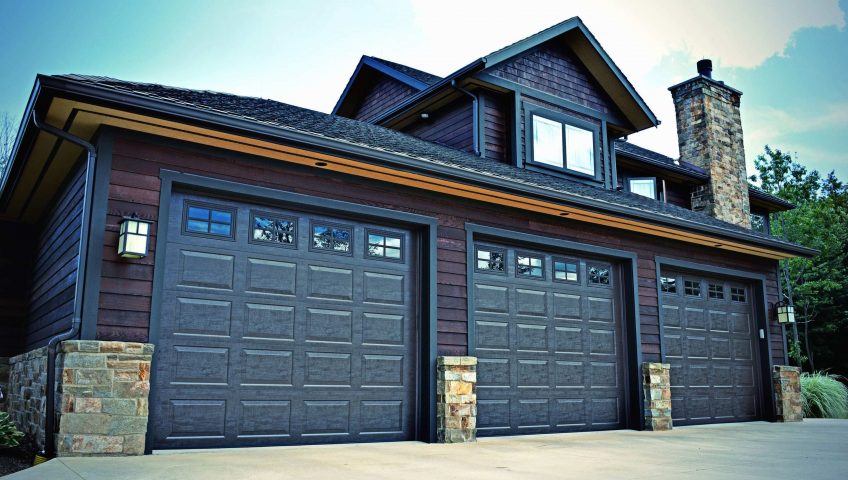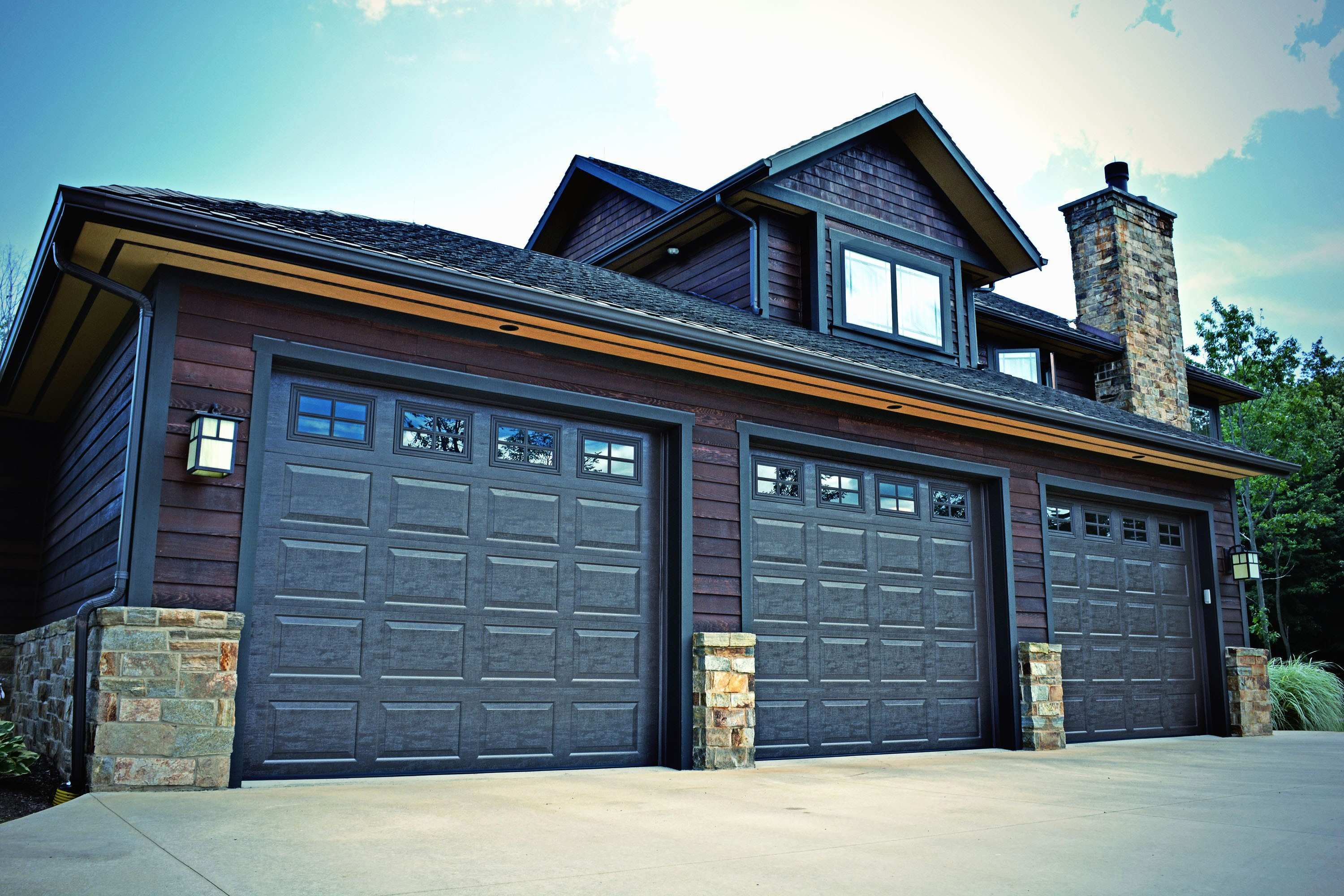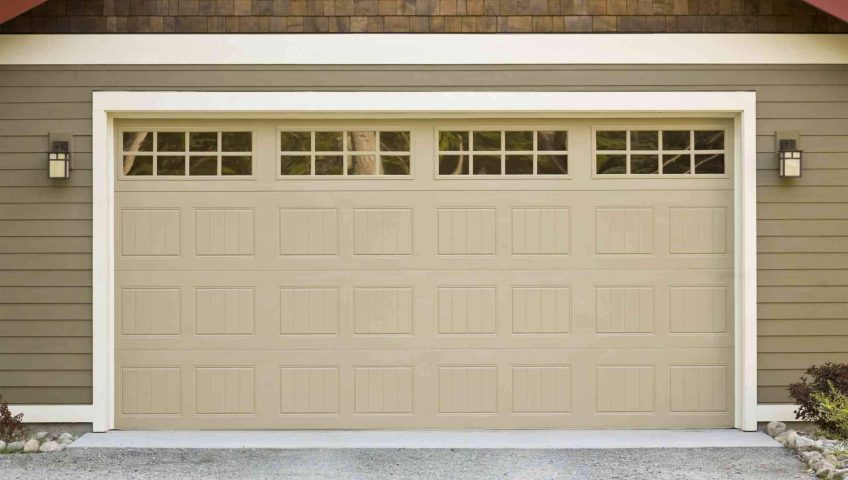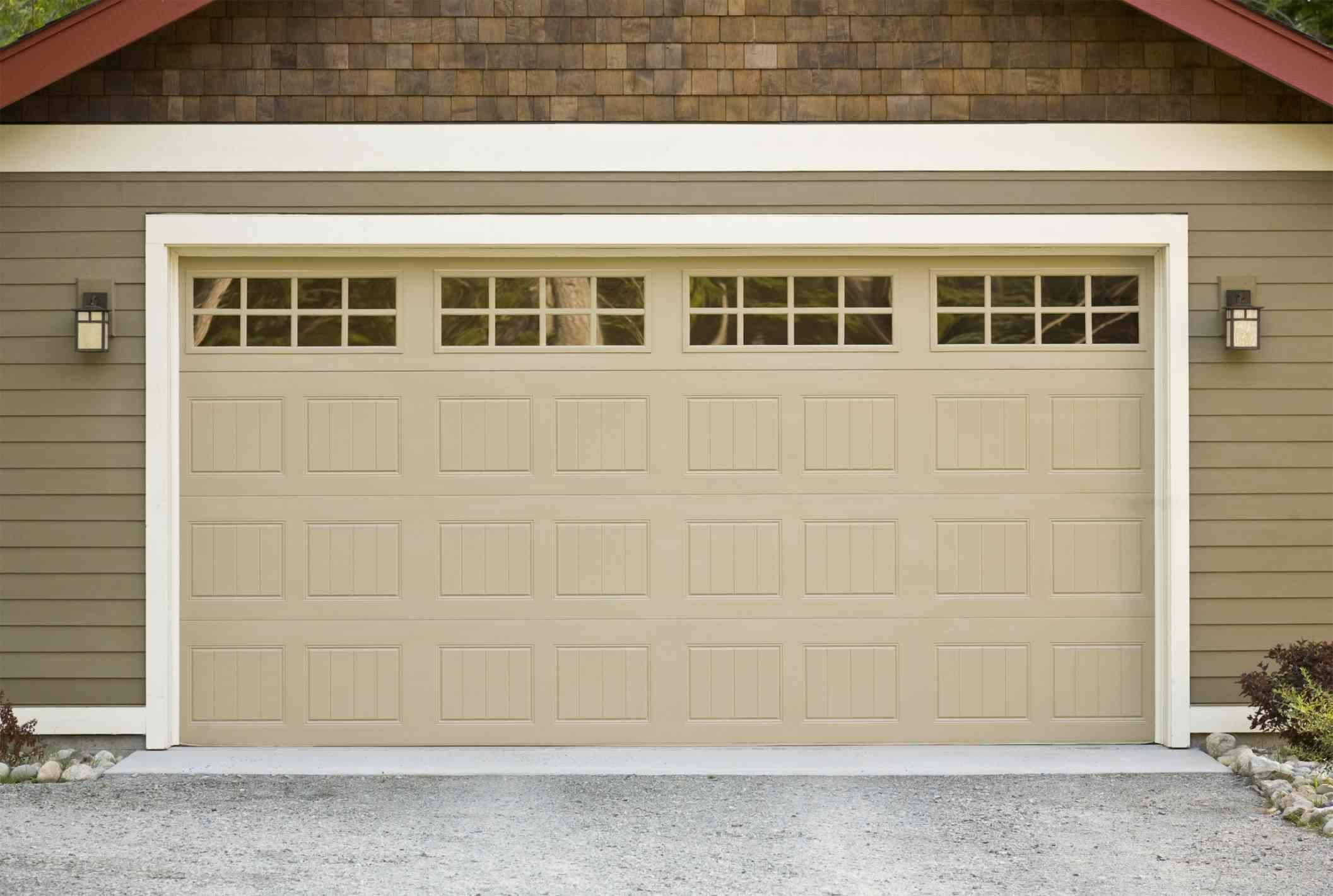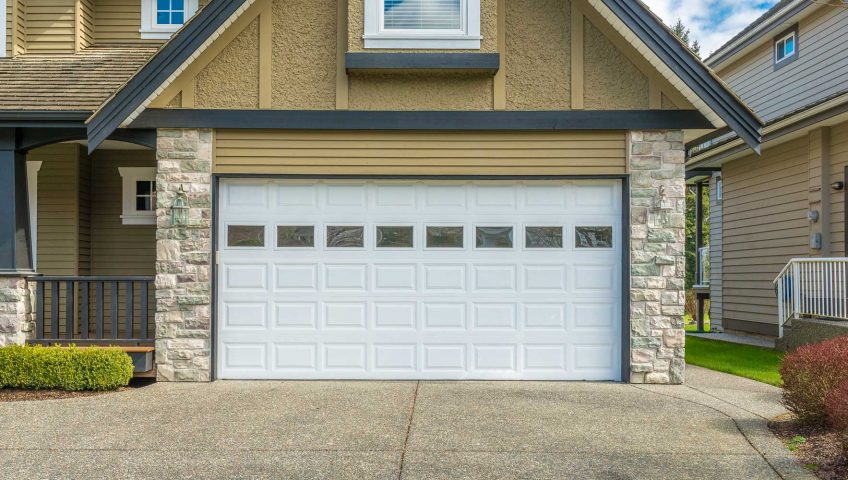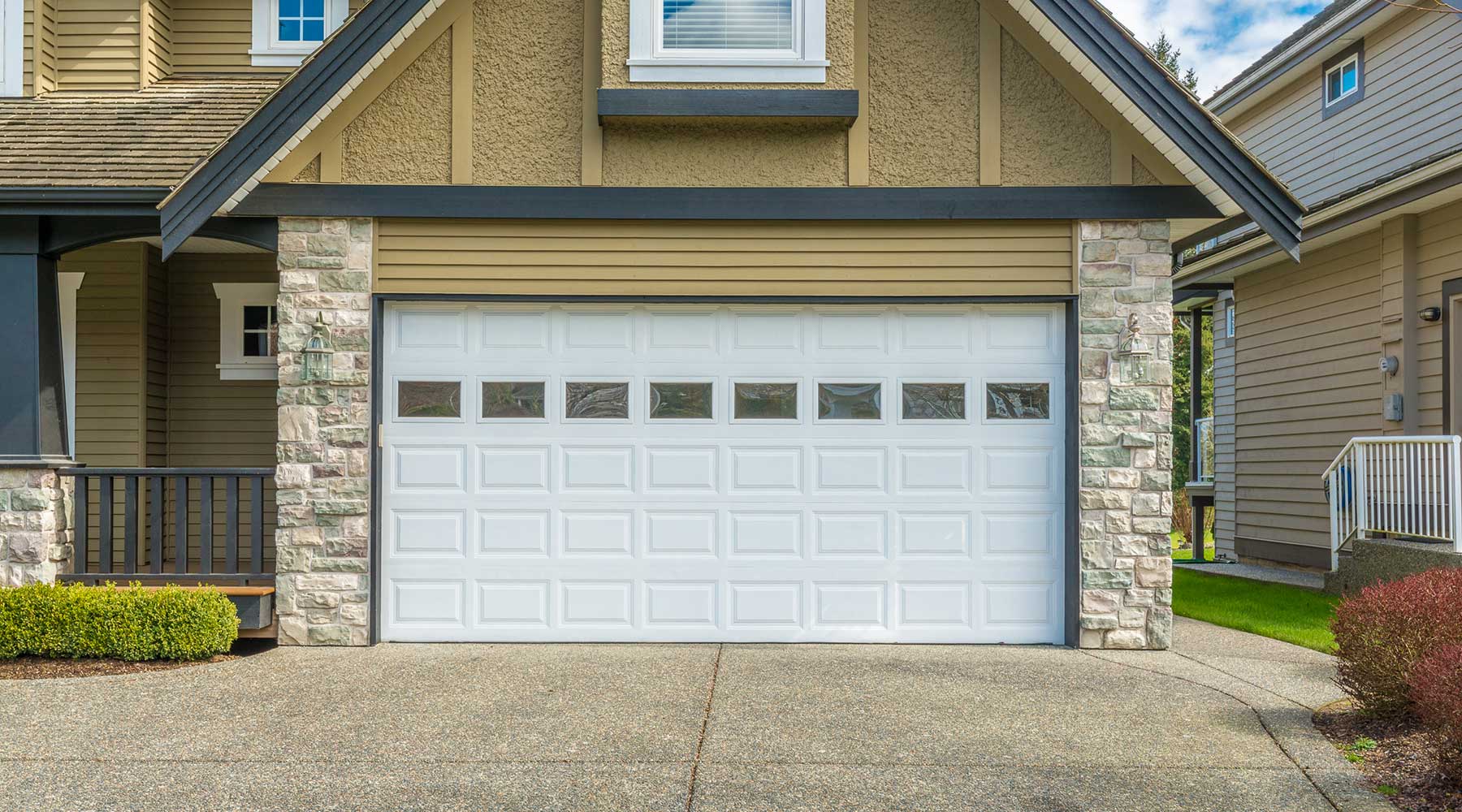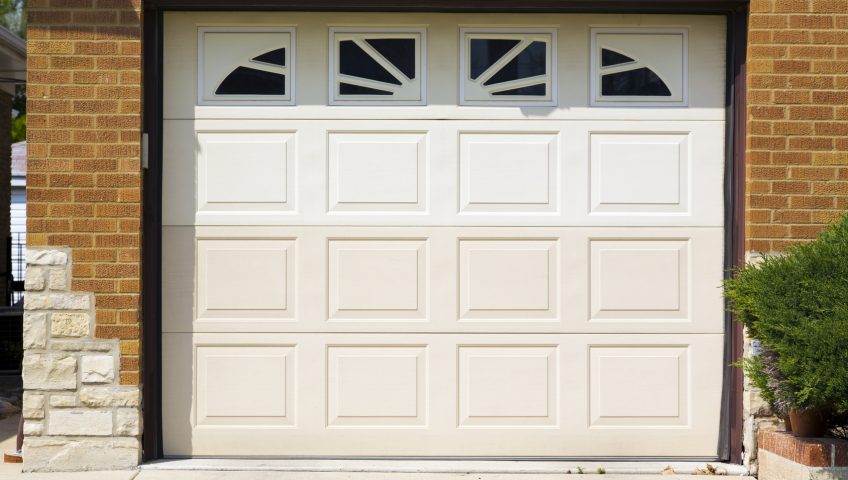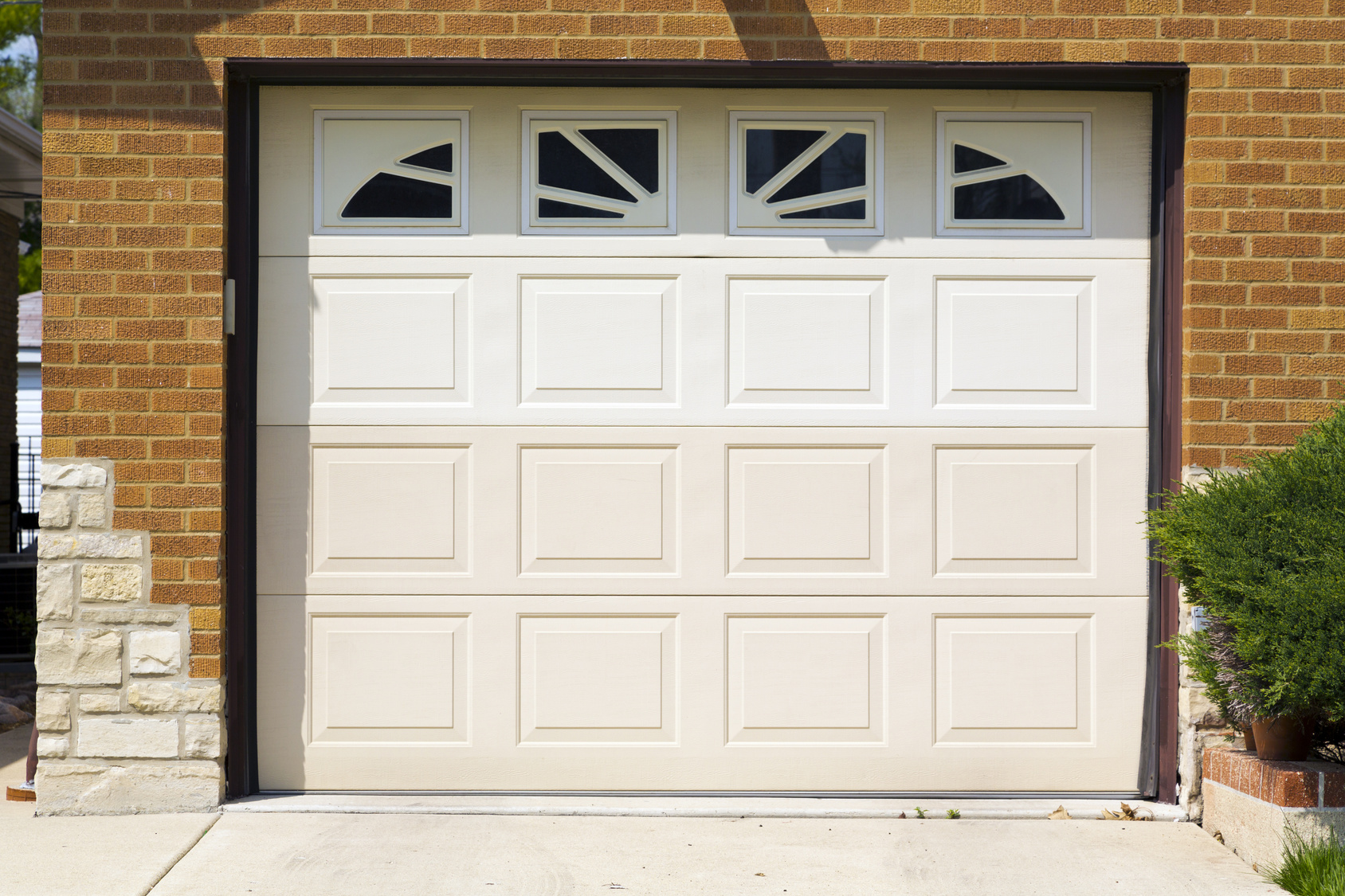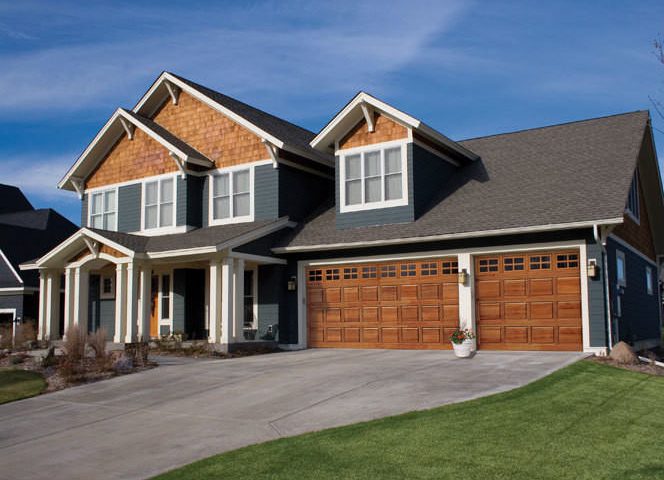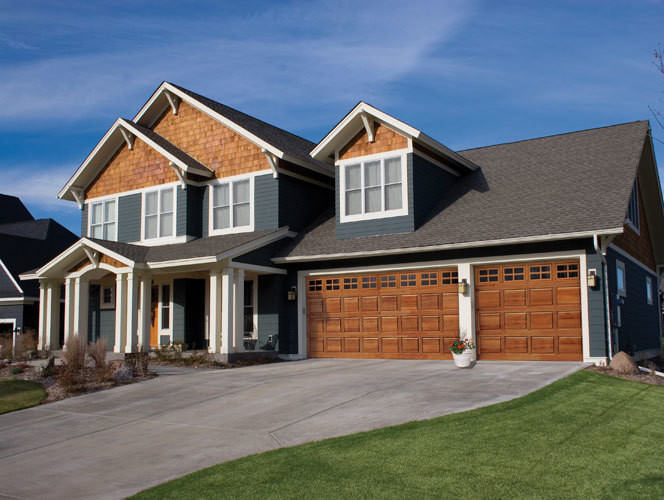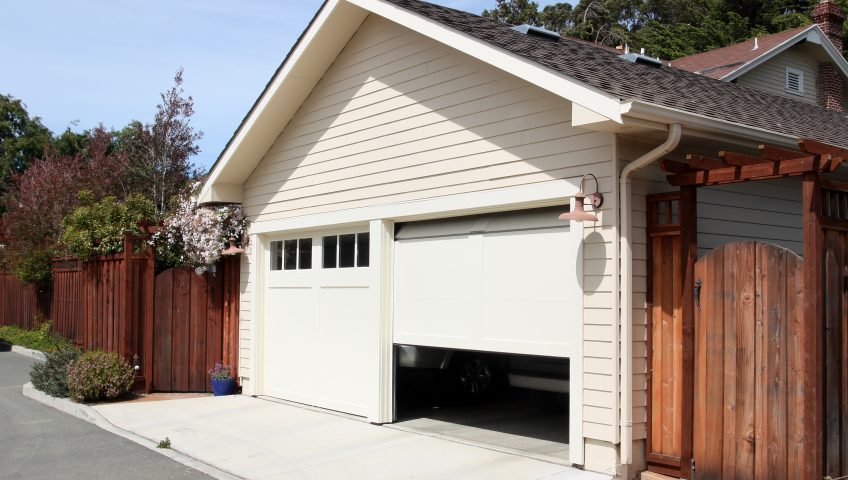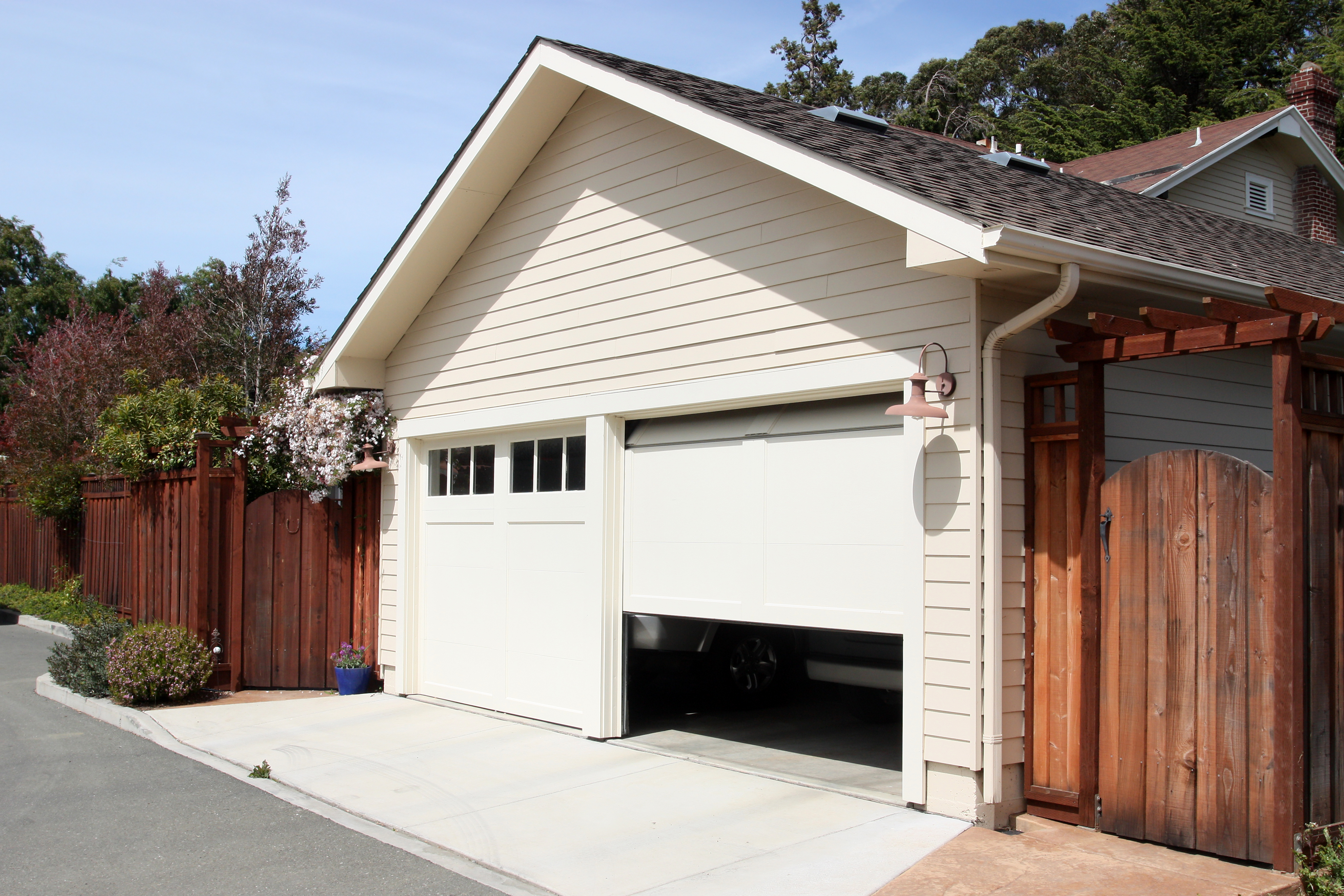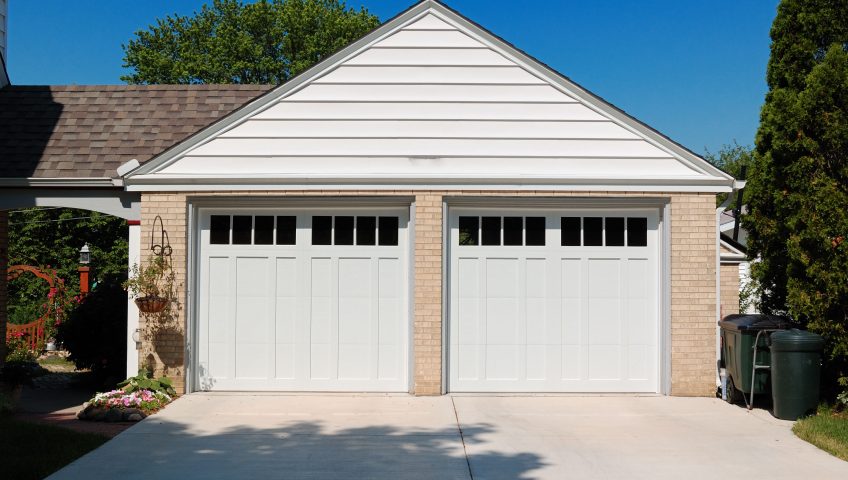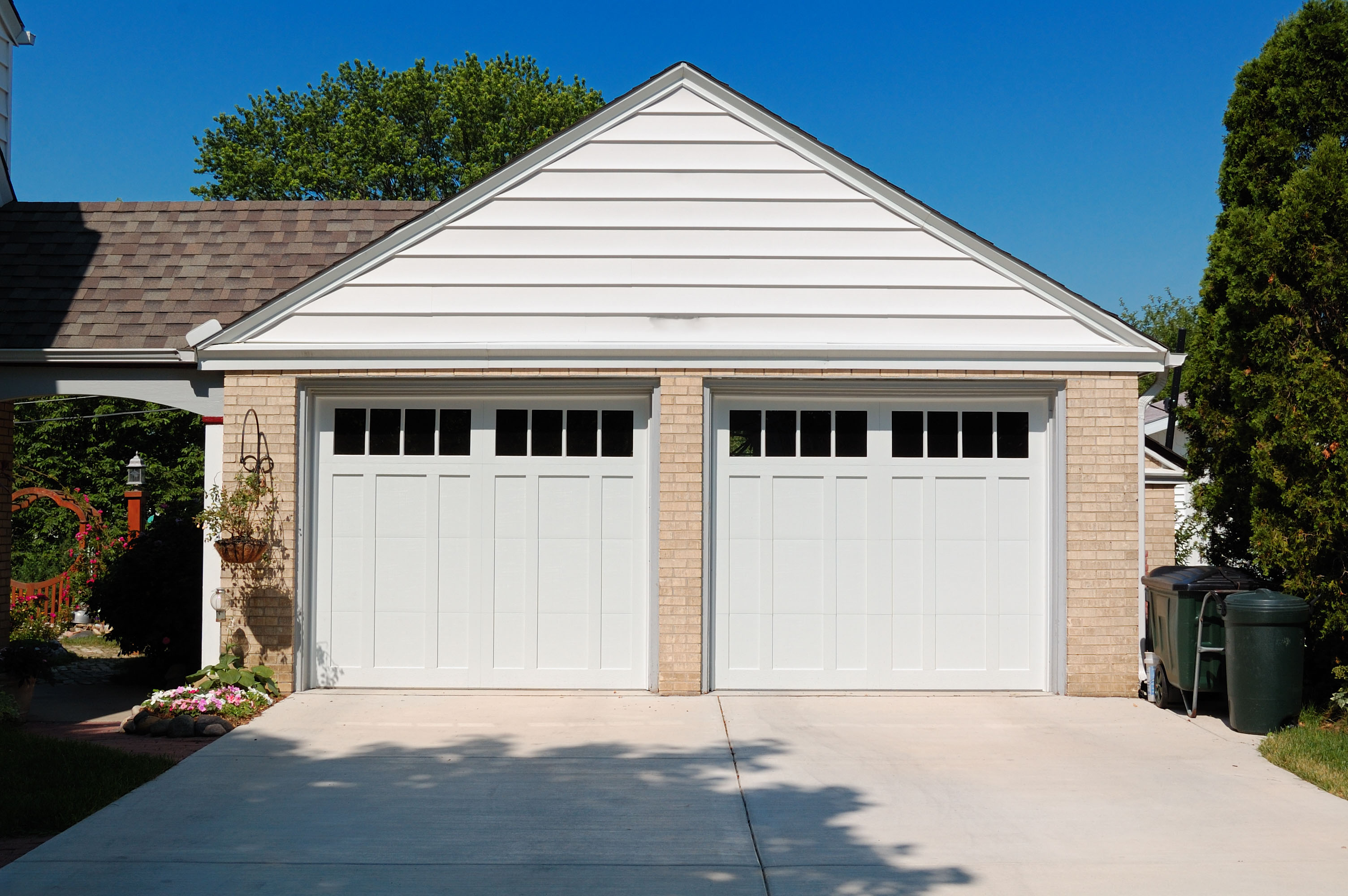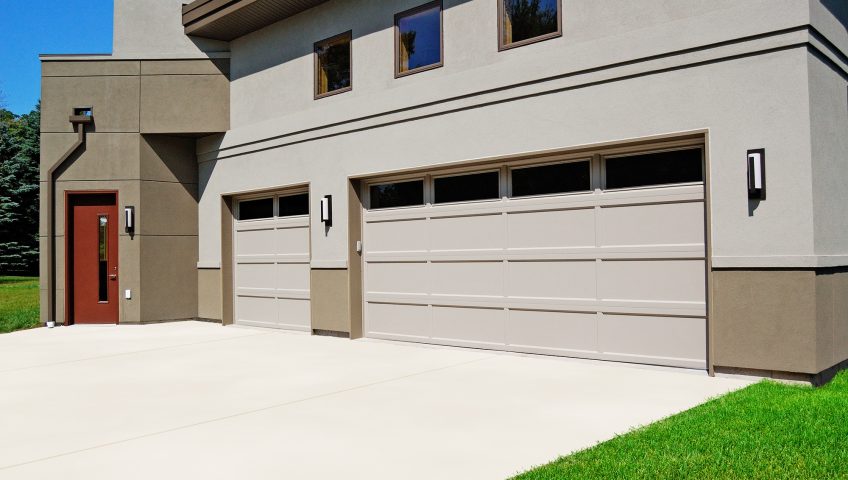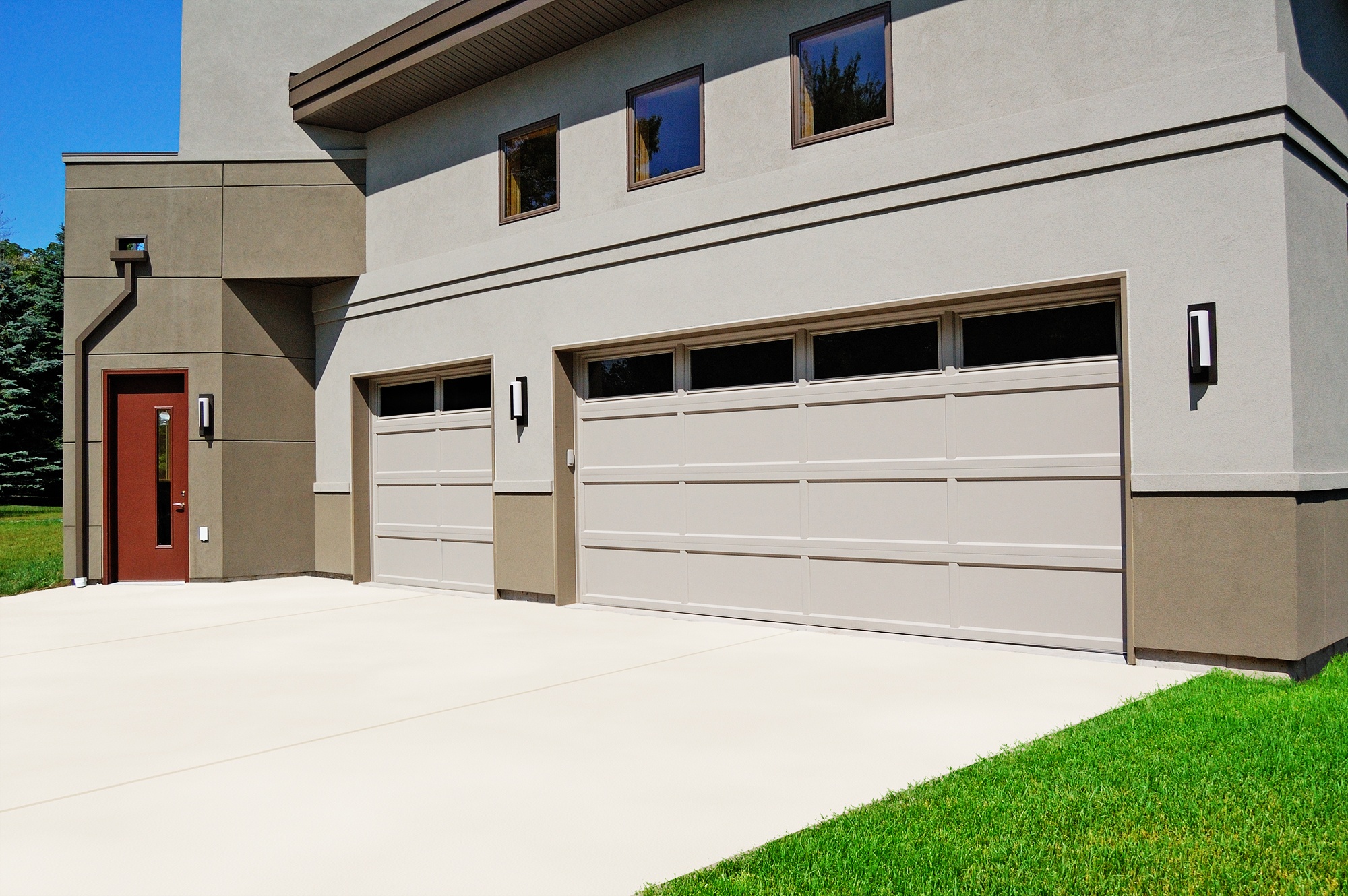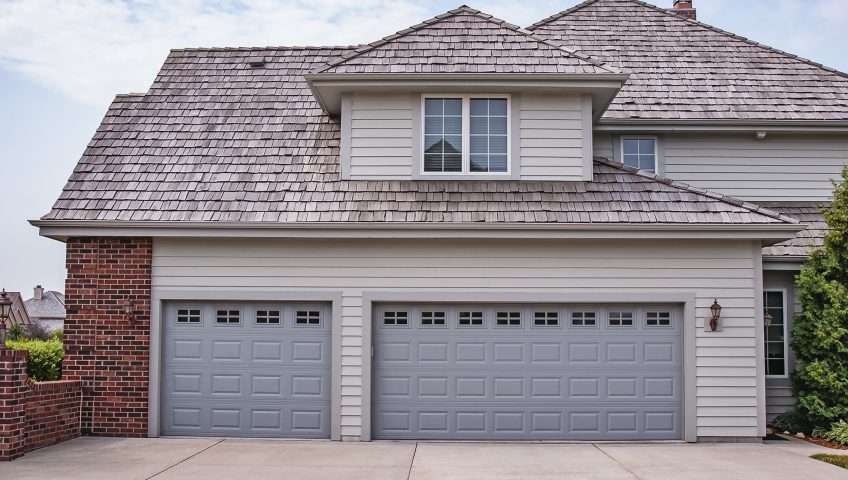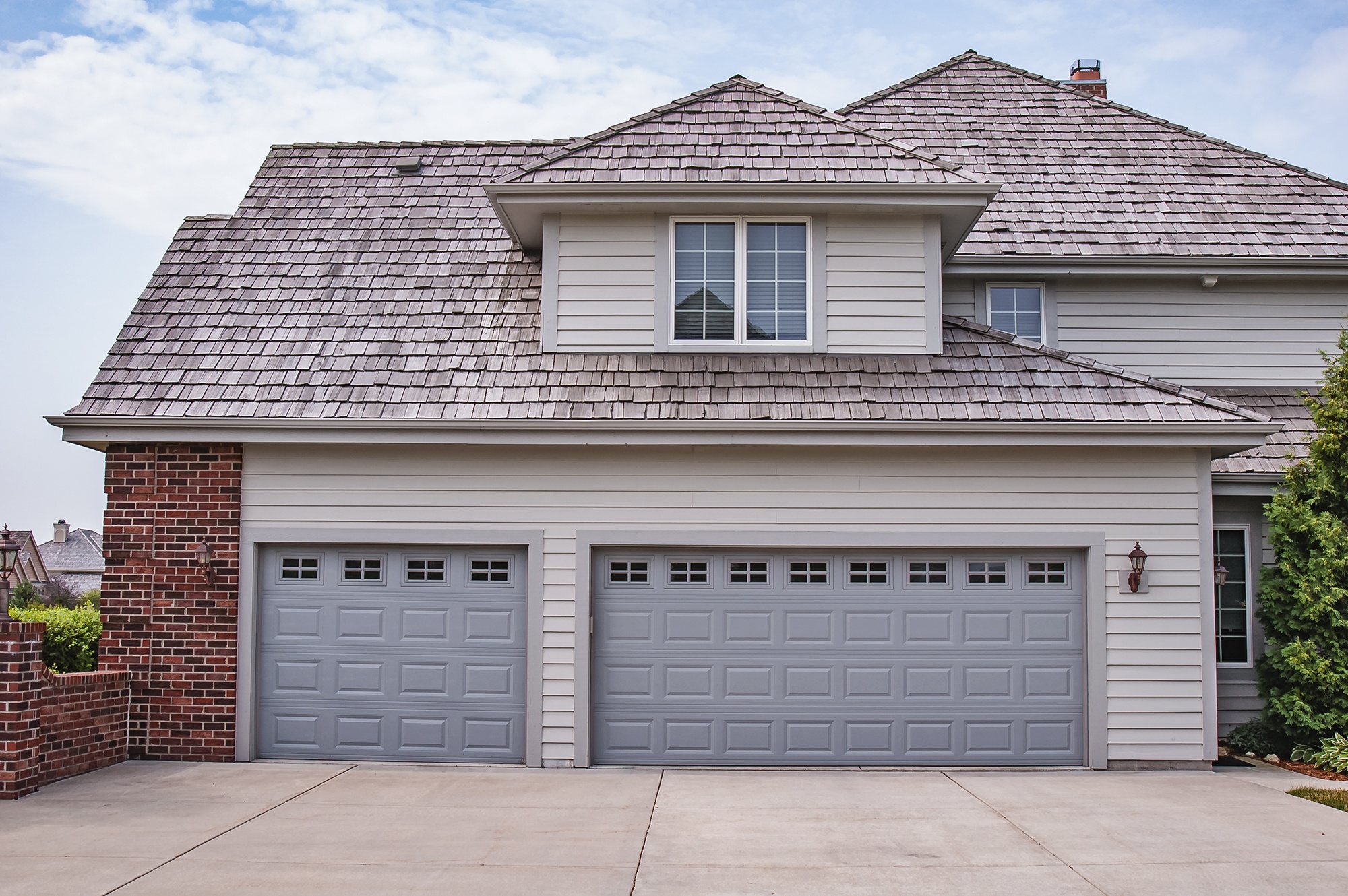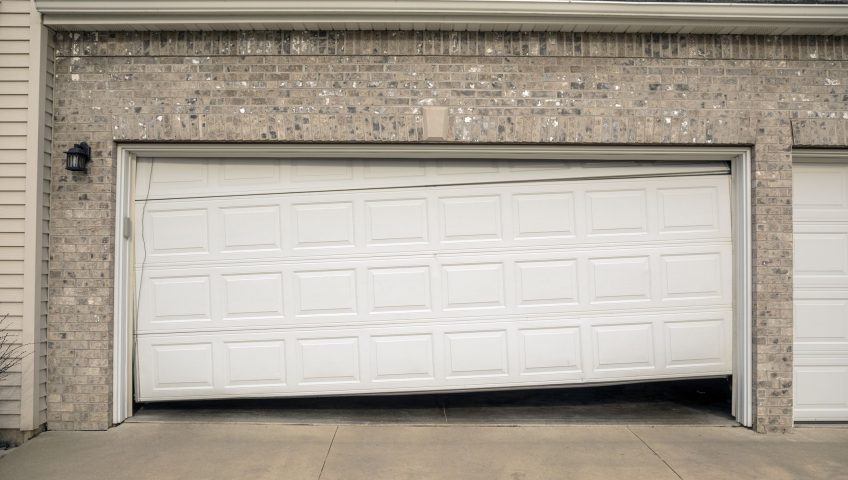
3 Safety Tips To Avoid Garage Door Accidents
As much as the garage door is very useful to many people with vehicles all over the world, they can be very dangerous if not handled properly. A garage door is basically made of metals, and metals are quite heavy, especially if it is as large as the garage door itself. Garage doors can sometimes malfunction and lead to devastating results such as being knocked unconscious, especially by roll-up garage doors. If not closed, then they may give access to unwanted visitors and make your house unsafe. To stay in the safe zone, it is better if you follow some safety precautions. Accidents cannot be prevented, but they can be minimized or avoided. The following are three tips that you should apply to avoid garage door accidents.
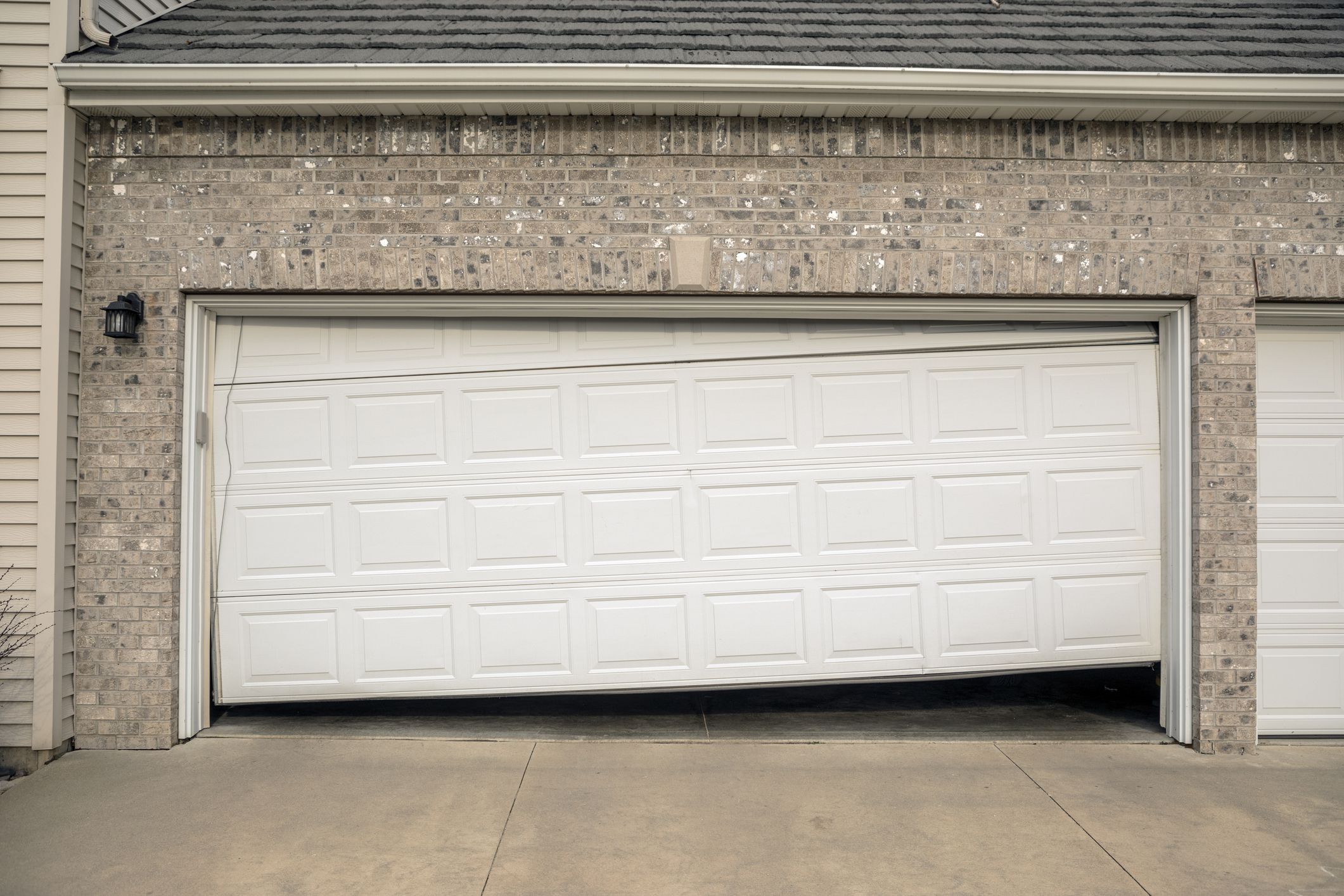
- Never race against the garage door when it is closing. You may have watched many Hollywood movies of people doing this and successfully getting to the other side. You may also make it to the other side, but you never know the day that you won’t make it across. Many people have got hurt because of a simple mistake like this. As much as garage doors have sensors to stop it from closing on objects such as humans in its path, avoid such a temptation to dash below a moving door. The sensors may fail you, and the results will be catastrophic.
- Maintenance of the garage door is a very important factor in the road to avoiding garage door accidents. Just because your garage door is working properly does not mean that it is in good condition. Some of its components may be old or worn out, but you don’t notice because you never check to find out. You need to set up planned maintenance that will keep your garage door working at its best for the long run. Maintenance done annually does not require a lot of time but will provide your mind with a lot of peace. Experts know the weak points of garage doors and will inspect the door thoroughly and provide understandable details on what steps have to be taken next.
- A very simple step that you can easily do by yourself is to test the garage door to see if it actually works as you think it ought to. First, you can test the automatic reverse function of the garage. This is where if the garage door is moving and you place an object in its path, then it reverses after reaching the object. If it does not, then repair it. The second things are the force test, push or pull the garage in the opposite direction to its movement; it should detect this force and stop moving. The third test is the balance test, use the mechanism of lift, and lift the garage door with your hands. If the door has some resistance and does not lift smoothly or does not stay between three and four feet above the ground, then it is out of balance, and maintenance is required.


